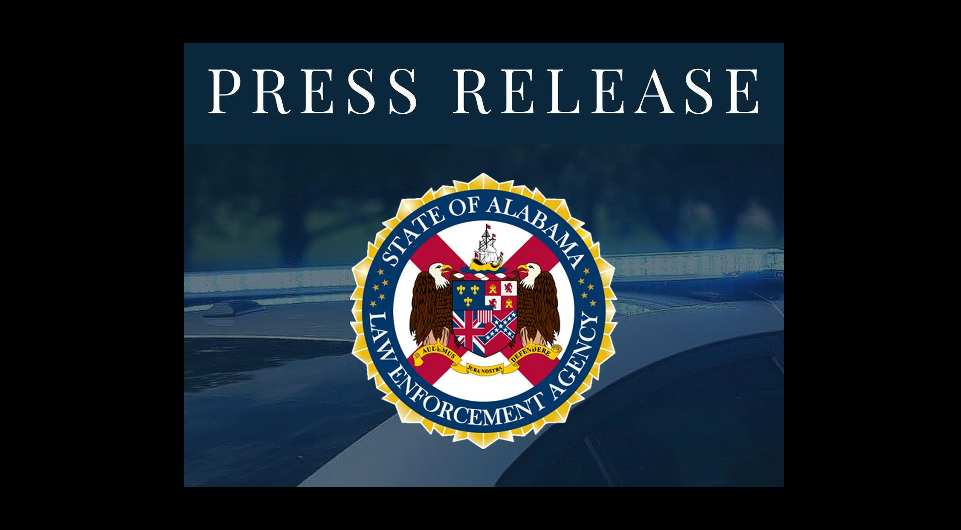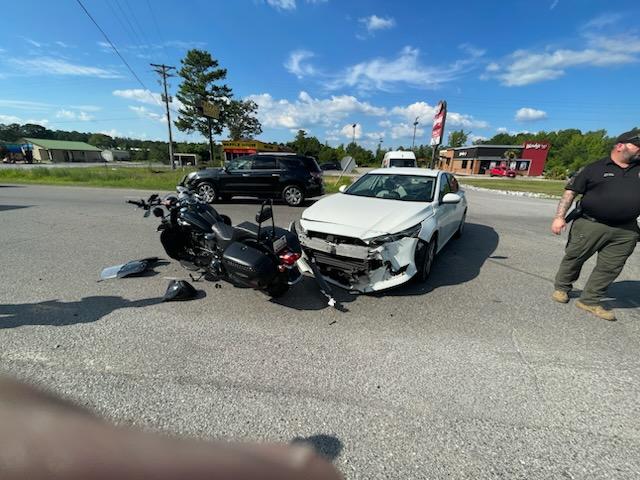
BACK TO SCHOOL SAFETY TIPS
General School Traffic Issues:
- Expect heavier-than-usual traffic (at least the first week of school), and plan to leave home at least 20 minutes earlier than usual.
- Be patient as parents with younger children become familiar with drop-off and pick-up locations.
- Slow down and stay alert, particularly in school zones.
- Expect frequent stops along school bus routes.
- In fact, when a school bus stops, motorists should stop at least 20 feet from school buses when traveling in either direction on roadways with undivided two-, four- and six-lane roadways.
- Exercise extra caution, particularly, near bus stops should a child dart out into traffic.
- In school zones with blinking flashers, stop and yield to pedestrians at crosswalks and/or at intersections.
- Understand the majority of children injured or killed in school transportation are not injured or killed on the bus, but outside the bus. Most are struck by motorists who fail to stop for the flashing red lights and extended stop signs.
- Never pass a vehicle that has stopped for pedestrians.
Parents with Younger Children, Particularly Those Attending School for First Time:
- Consider making a couple of trial runs to and from school prior to the first day to ensure children are familiar with the process.
- Work with other parents to designate an adult to supervise young children at the bus stop each morning.
- Do not load or unload children across the street from the school, unless instructed to do so.
- Make sure even the youngest children know to only cross at a crosswalk or designated intersection after making eye contact with drivers and are certain the vehicles have stopped.
Parents with Older Children and/or Teens Driving to School for the First Time:
- Parents of new teen drivers should review Alabama’s Graduated Driver License (GDL) information and restrictions, including the fact 16-year-old (Stage II) drivers are allowed to have only one passenger who is not a family member when driving.
- Not only would a trial run or two to school and back be a good idea for new drivers, but parents are encouraged to assign a primary and secondary route for their teen drivers commuting to and from school for the first time. This could minimize anxiety during an unexpected traffic event (crash, road closure, etc.) that may cause a delay. Parents should discuss options for alternate routes in case roadways are shut down or become congested those first few days of the school year.
- Students of all ages who will be walking to and from school or the bus stop should wear light/bright clothing (something reflective is even better), particularly at dusk and dawn when days become shorter and during inclement weather.
- Children should understand they must yield to vehicles when crossing the street at points other than crosswalks.
- When walking on a roadway, preferably with supervision for the little ones, walk single file, against traffic and stay as far left as possible on the shoulder.
What Every Motorist Should Know:
- Obey speed limits, particularly in school zones, and other rules of the road.
- Do not drive while distracted by cell phones, passengers or anything else that takes your focus from the task of driving.
- Don’t drive while under the influence of alcohol or drugs (including some over-the-counter medications such as cough syrup).
- Buckle up no matter how short the trip – and that goes for all occupants in the vehicle.
- During inclement weather, roadways may become slick, so be prepared to slow down.
- Use headlights and windshield wipers when driving in the rain.
- Use low beams when traveling through fog.
- When driving, remember the “two-second rule”: Choose a fixed object on the road ahead (signpost, tree, overpass, bridge abutment, etc.). When the vehicle ahead passes that object, begin to count “one thousand one, one thousand two.” If drivers reach the same object before finished saying “one thousand two,” they are following too closely and should gradually slow down until they have reached the safe following distance.



